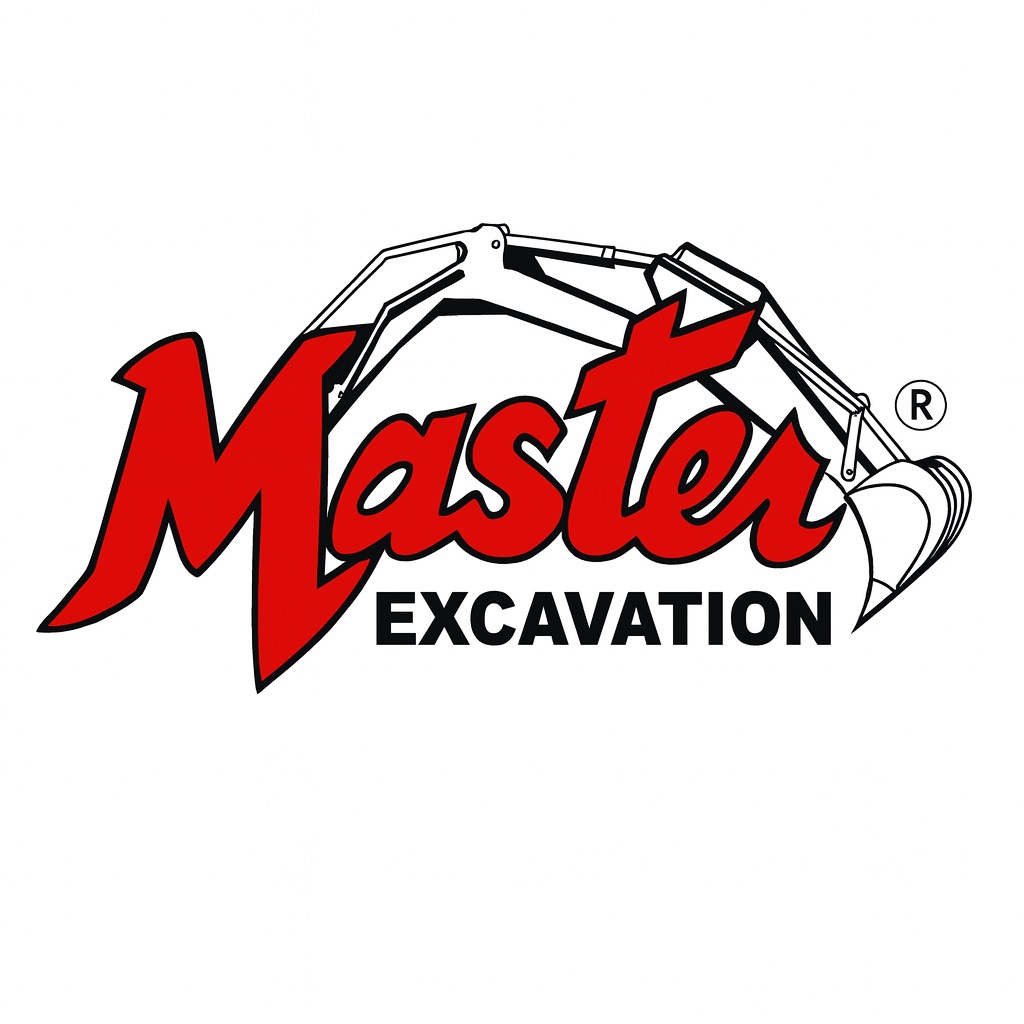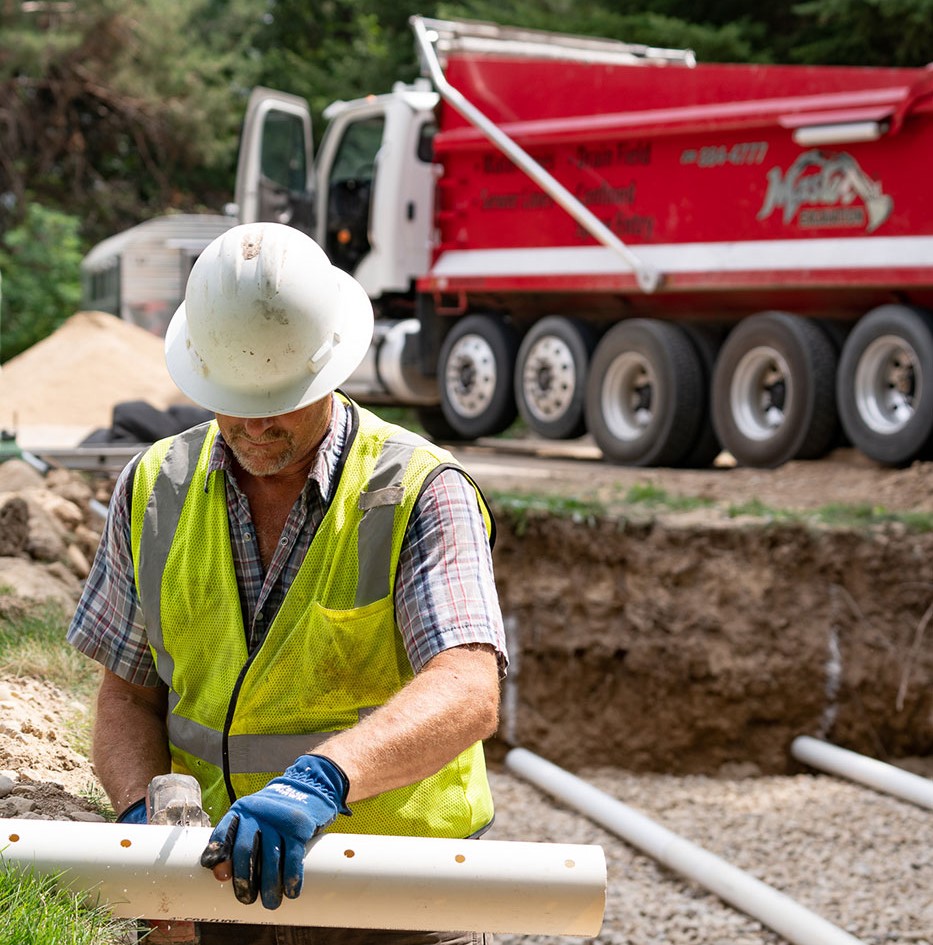Installing a septic system can seem like a daunting task, but with the right knowledge and preparation, it can be made much easier. In this guide, we will walk you through the steps of installing a septic system in your property. From site evaluation to final installation, we have got you covered.
Site Evaluation
Before beginning any installation process, it is crucial to evaluate your property and determine the appropriate location for your septic system. You should consider factors such as soil type, water table level, and slope of the land. It is essential to consult with local authorities and obtain any necessary permits before moving forward with the installation.
Choosing the Type of System
There are several types of septic systems available, including conventional, mound, and aerobic systems. Each system has its advantages and disadvantages depending on your property’s characteristics. It is best to consult with a professional to determine which type of system will be most suitable for your specific situation.
Site Preparation
Now that you have selected the right type of septic system for your property, it is time to prepare the site for installation. This includes clearing the area of any debris or obstacles, digging a hole for the tank, and creating a drain field. It is crucial to follow local regulations and guidelines during this process to ensure proper placement and distance from other structures or water sources.
Installation Process
Once the site is prepared, it is time to begin the installation process. This includes placing the septic tank in the hole and connecting it to the inlet and outlet pipes. The drain field then needs to be installed by laying perforated pipes in gravel trenches and covering them with soil. It is crucial to follow manufacturer’s instructions for proper installation of the septic tank and drain field.
Final Steps
After the main components of the septic system are installed, it is important to perform a final inspection to ensure everything is properly connected and functioning correctly. Once approved, you can then backfill any remaining holes or trenches and restore the landscaping.
Maintenance
Proper maintenance of your septic system is essential to ensure long-term functionality and prevent any costly repairs. This includes regular pumping, avoiding flushing non-biodegradable materials down the drain, and being mindful of water usage. It is also crucial to have your system inspected every 3-5 years by a professional to catch any potential issues before they become major problems.
In conclusion, installing a septic system may seem overwhelming at first, but with proper planning and execution, it can be done efficiently and effectively. By following these guidelines and seeking professional help when needed, you can have a functioning septic system that will serve your property for many years to come. Remember, proper installation and maintenance are key to a successful septic system installation process.

